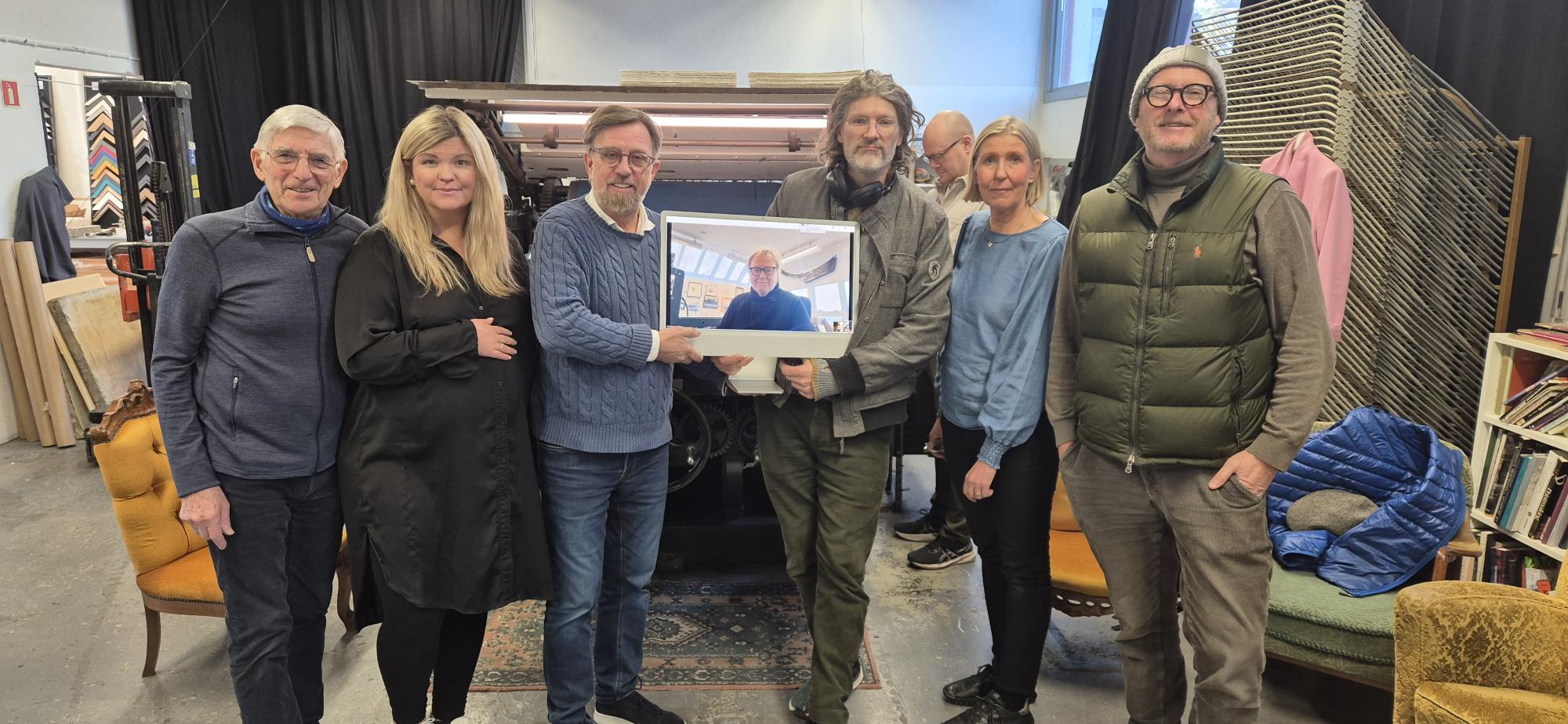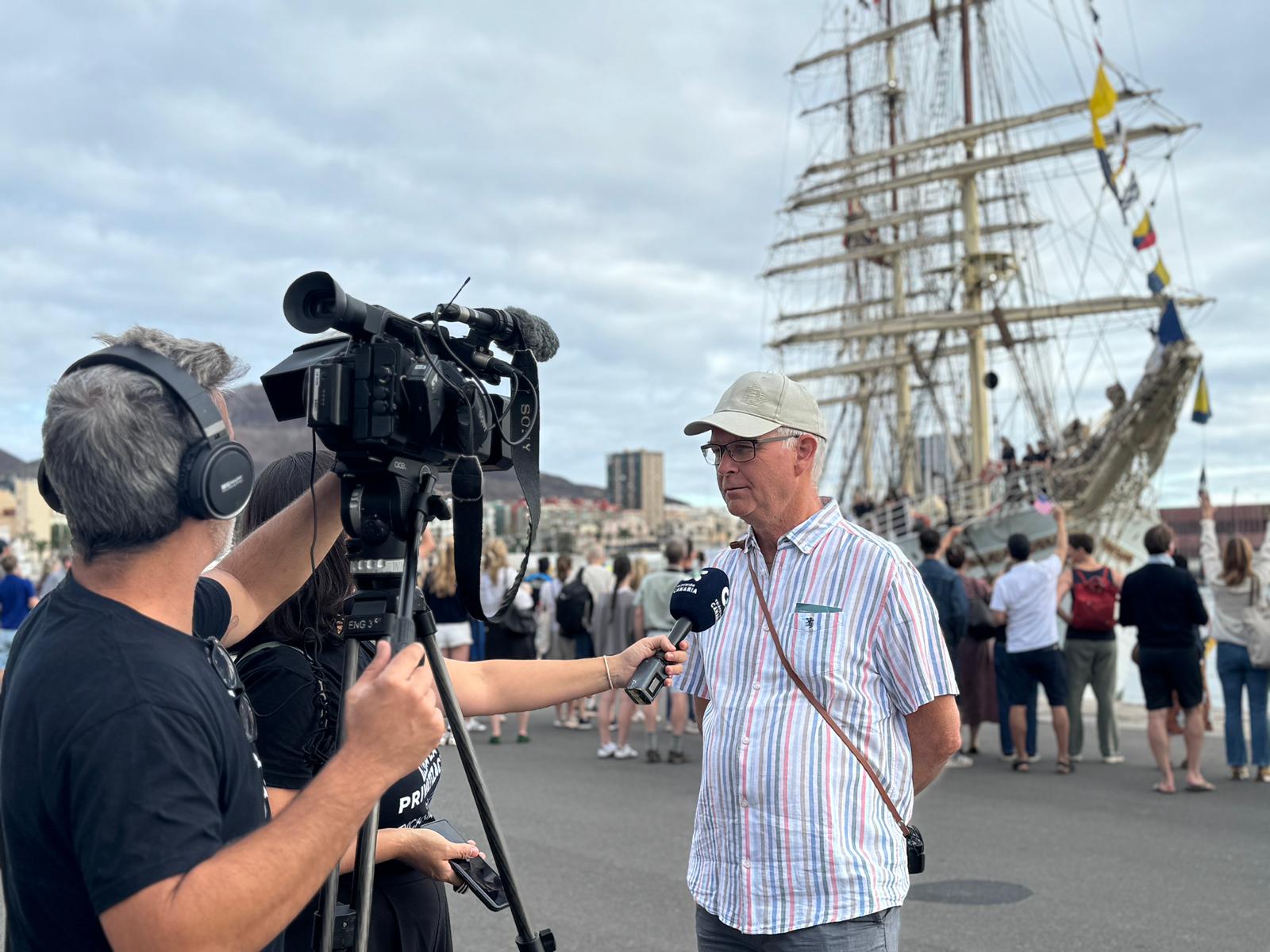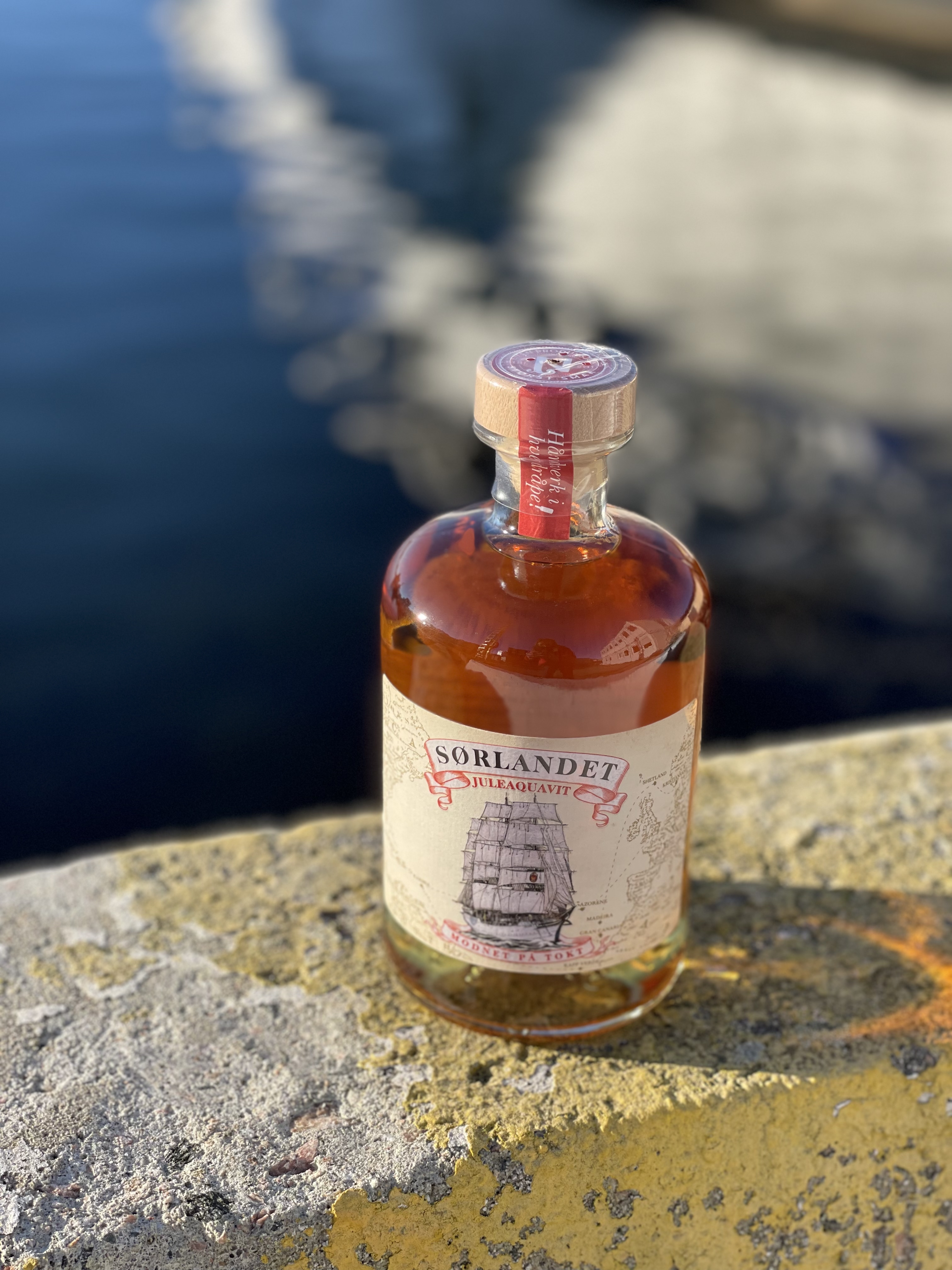"Continuation School" for future sailors
The school ship Sørlandet achieved the status of "continuation school for future seafarers", approved by the Ministry of the Church. In practice, this became a sailing seamen's school for boys who often came directly from the primary school with no other ballast than what this school stood for. On board the "continuation school", the students were offered practical instruction in seamanship, i.e. learning to sail and master the conditions on board The Ship with the strict demands for discipline and duties that were imposed. In addition, the students received instruction in theoretical subjects such as Norwegian, social and health studies, easier arithmetic tasks etc. by teachers who had to be approved by the school director. the teaching turned out to be to a great extent required, especially for those pupils who had not taken school teaching on land very seriously.
The driver of the school ship, G. Selmer Lindeberg, had an understanding of the combined teaching. From a newspaper post from 29 July 1929, it is clear that Sørlandet's captain is satisfied with the first results of this school attempt at sea that later other school ships took after. We scissors from the post to Lindeberg:
"This summer we have begun this teaching on a purely experimental basis, as we have had a couple of young people with us during the holidays, namely lecturer Tønnesen and stud. med. Eyvind Evensen. The gentlemen have been teaching the boys at the banjer when the weather has allowed it. And I'd like to say that we've been happily reassured that the idea is good and useful. The boys are interested. It provides a bit of variety, while they fully realize the benefits of it. We have given them light practical tasks, such as answering the following advertisement: "A bright, alert schoolboy can be hired as a young man on board the ship d/s "Norge". Applications with detailed information should be sent to shipowner N.N., Oslo." This advertisement is dictated, and the boys must write an application for the job. It turned out that some knowledge of how such a letter should be written was needed.
Saa we imagine that the boy has faatt the shepherd and faar orders to travel on an abandoned date. Herpaa will answer again and thank him for hiring. Furthermore, the medic has had lessons on the human body, first aid, fracture of bones, damping, health doctrine, saar treatment etc. All very useful and necessary for a young sailor aa learn. In short: We find everyone here on board, that a saadan practical continuation school as a school skib is with some theoretical teaching, adapted and adopted in the plan of a discretionary maate, is an excellent teaching for the young sailor, and the school is entitled to all the support it can faa saavel practical as financial."·
Chairman of the schoolship's board, port fogd Joh. C. Tønnesen was also an avid defender of school ship education. In a post in Christianssands Tidende in 1929 it states:
"Paa a school skib, they learn first and foremost things that are absolut necessary, and that is necessary to create a virtuous sea mane and provide a good relationship on board between the above and subordinates. They learn disciplin, order and cleanliness with themselves and with skibet. They learn that they learn the compass, that steer, morse and signal, that the sass baat out and ind, that calm and sail a baat etc. From there, they learn the algae sea mane with splicing of wire and algae taugverk besides mating, a little sailing, making corksmen as well as a whole lot of things, which will benefit them as future sailors.
All work shall be done conscientiously, punctually and neatly. They learn that behave politely and modestly. Banding and daarly speech don't get taalt.
With regard to the weather of school skib education, a captain recently said: I expect that the 5 maaneder paa a school skib is as good as 10 a 12 maaneder in the almindelig koffardifart.
Of course, there's a sledge of the boys here like any duck school. Those who spend the time, it brings it to the test, the case is clear. We have saaledes guts from cold 1927' which have already been promoted to sailors, and of those from last year who sail like letmatroser, noget they would not be able, if they had not regained the course on the school skibet."
Sørlandet literally proved to be a school of life for many. In the hard 30s with unemployment and little prospects for permanent work, it was absolutely essential for many young people to get a job after their time on board. If you look through the local newspapers from this time, you often see that the progress of the school ship boys is covered with interest. The newspapers turned to the chairman of the school ship institution with questions about how the school ship boys were doing. Usually he could give back good news that so and so many people had got a job, but it also happened that things didn't go as smoothly as they could have wished.
At the time, the Krstiansands fleet was modest, and that did not make the conditions easier to get chartered. One year around 200 letters were sent to shipowners south of Trondheim with a request to remember the boys from Sørlandet . The result was not always so good, and it happened that both the shipowners' association and the shipowners' association, which had shown such a positive interest in the schoolship issue, were criticized for not making more use of the schoolship boys than . was the case. But there were ways out. the schoolship institution received, among other things, Istand a kind of export scheme of young people to England. Many were sent to the Scandinavian recruitment office in Newcastle, which had received the British government's solemn permission to take in up to three school ship boys a week to now procure them hire on Norwegian ships.
Parents who had the boys placed on board Sørlandet often felt that the future was saved for the young pod. One was probably anxious about the young buddies who were going out into the big world, but the most important thing was that the prospects for getting a job at sea were arranged.
The gratitude from the origins was often expressed through posts in the newspaper. Without wanting to argue that the below is representative of how most parents felt, we still reproduce it as one of the current testimonies of the time, written in the fall of 1931 in Christianssands Tidende:
"My Sun B. has probably hated it well on board with you. The first thing he wanted on his return was new clothes. His old trousers raked him only in the middle of the læggen, and between his pants and the vest there was a glipe saa great as with our old chief, stateraad Løvland when he was gjætergut. Ten times faster in ;ending he is blit and there tindes not "no" in his mund, naar we ask him for one or the duck. He has learned that lustful command. I wish that more land crabs would be used as pupils in the school skibs.
The boy does gardening and chopping wood. He can't bear to go and look after the service on board with you. After two days' stay and freedom at home, his constant refrain was: "I wish I was aboard " Sørlandet » again.» - Finally, my most heartfelt thanks to all of you for your trouble and effort with my boy."

- Source: " The Ship Sørlandet - a school under sail",
published by the Foundation The Ship Sørlandet in April 1987.
Editor: Helge Svein Halvorsen
OTHER ARTICLES IN THIS SERIES:
- The gift letter that became a national cultural treasure
- A school of a lifetime
- Discipline - order - seamanship
- They came down from the rig and manned our fleet
- School under sail
- "We became men"
- Our youngest Vikings
- "Continuation School" for future sailors
- War, occupation, reconstruction
- Inspiration in art
- Over and out as a training ship
- In 1956, at the age of 14, he took part in the Tall Ships Races
- In triumph - and hurricane
- Famous names behind the ship


.jpg)




